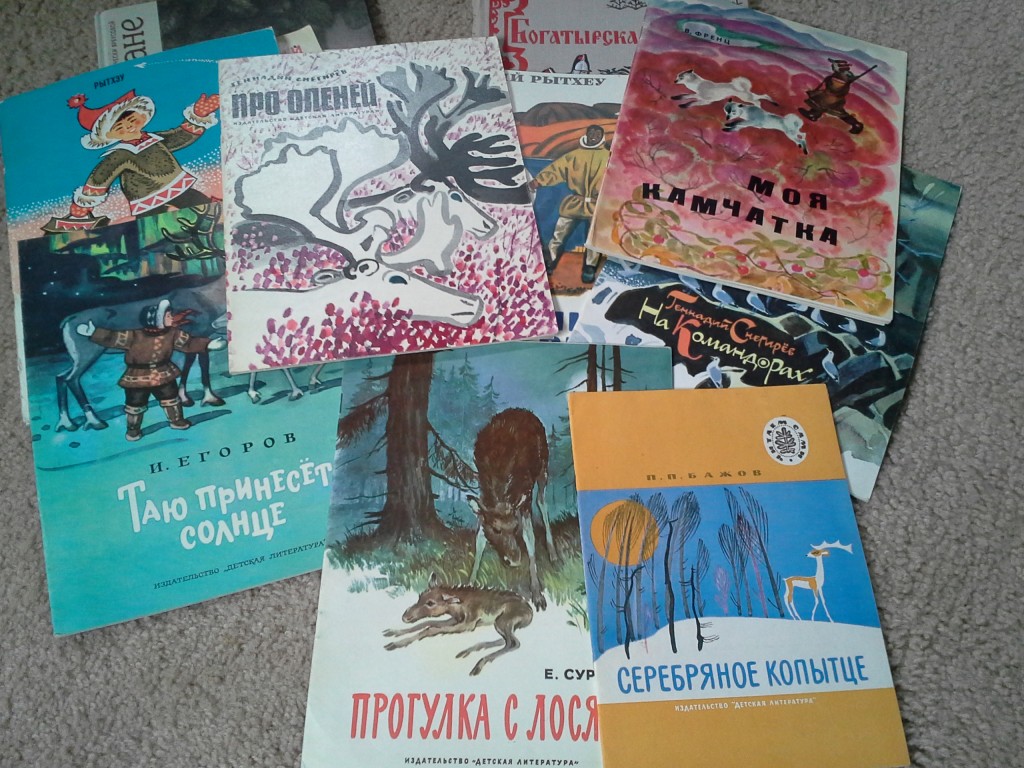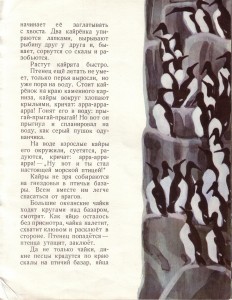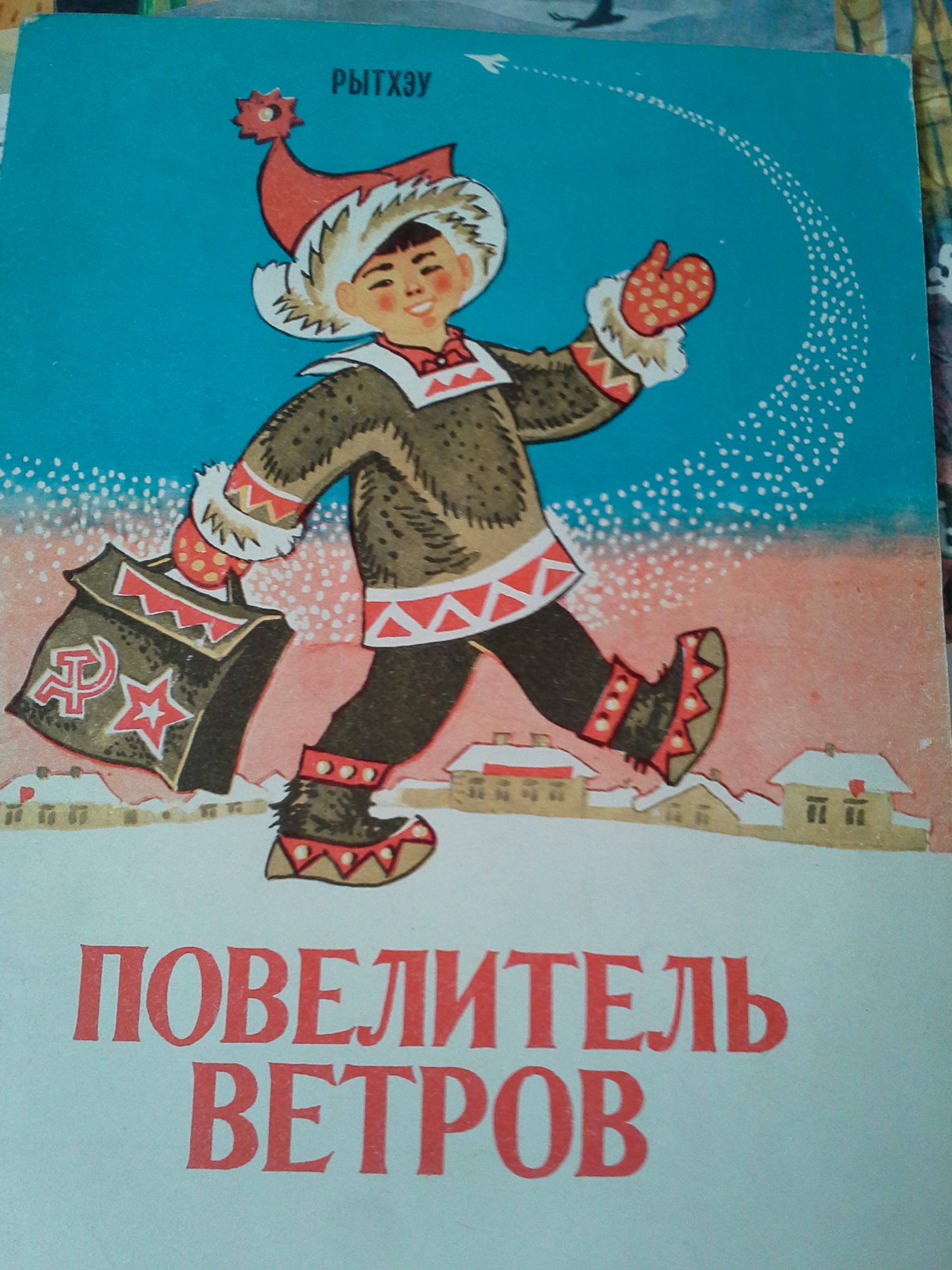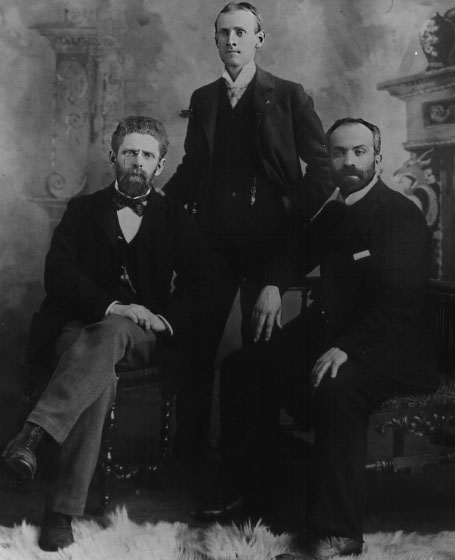
A pile of RFE children’s books
Alaska has a different relationship with Russia than any other American state. It’s a geographic, historical, and even emotional connection. After all, as Sara Palin put it, we can see Russia from our backyards. As you might imagine, the political border between northwestern Alaska and northeastern Russia, is one that was largely disregarded by the indigenous peoples on both sides of the Bering Strait until the Cold War got far enough along to enforce the border and separate families. The Iron Curtain was something that dropped down in Eastern Europe. Alaska and the Russian Far East were divided by the Ice Curtain, and when it began to melt sister-city ties were established that were truer siblings than many such international relationships. Exchanges happened as well, including with my hometown.
The exchange visits were more than a swap of people: they were exchanges of material goods, mostly in the form of gifts. I remember collecting bubble gum for some sort of international care package when I was in second grade, because we understood that Soviet children were deprived of this ubiquitous American luxury. In high school, when I took my first international trip to Magadan, each American student carried one piece of luggage, and one box of printer paper for the school we would visit. I returned with VHS tapes that would not play, but visitors who stayed with us brought jewelry (lots of mineral wealth in the RFE), brightly colored scarves, watches, and children’s books if they knew their hosts had children. Read More →
 Quick and dirty translation, part 2. See also,
Quick and dirty translation, part 2. See also, ![20130731_112735[1]](http://www.loshbaugh.com/wp-content/uploads/2013/07/20130731_1127351-e1375295619377-225x300.jpg) This is really quick and really dirty translation from the Russian. I have left out a few words here and there that I didn’t bother to look up. I haven’t massaged it for English grammar and style — there are Dostoevskian run-on sentences.
This is really quick and really dirty translation from the Russian. I have left out a few words here and there that I didn’t bother to look up. I haven’t massaged it for English grammar and style — there are Dostoevskian run-on sentences.![20130731_112800[1]](http://www.loshbaugh.com/wp-content/uploads/2013/07/20130731_1128001-e1375295568642-225x300.jpg)


